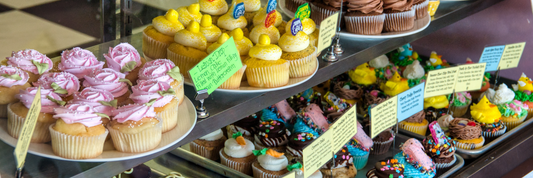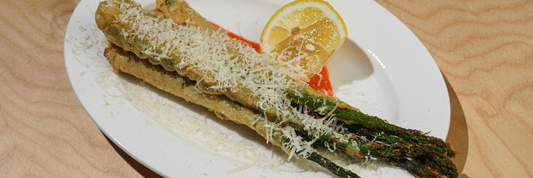The aroma of coffee is one of its most defining and captivating features, shaping the sensory experience of coffee enthusiasts around the world. Beyond taste, the aroma plays a vital role in how we perceive coffee's overall flavor profile. Understanding coffee aroma not only enhances your appreciation but also helps you identify distinct characteristics in each cup.
What is Coffee Aroma?
The Compounds Behind the Scents
Coffee aroma results from a complex interplay of hundreds of volatile compounds that develop during the roasting process. These compounds are responsible for the distinct scents that coffee lovers associate with a freshly brewed cup.
How To Describe Coffee Flavor: A Step-by-Step Guide
The Role of Roasting
The roasting process is pivotal in creating coffee's aroma. Different coffee beans have diverse tastes, and when brewed, they emit a distinct odor. Some beans have a more subtle aroma, while others are much stronger.
When coffee beans are roasted, the amino acids and sugar in them react with the heat, resulting in the majority of the coffee's flavour. Grinding the beans—and then brewing them—adds more layers of scent.
Lighter roasts smell more fruity, flowery, and herbal. Meanwhile, medium beans smell more caramelized, nutty, or even chocolatey. Dark roasts are earthier, stronger, and occasionally even smokey.

What does coffee smell like?

Floral
Floral aromas are delicate and reminiscent of blooming flowers such as jasmine or chamomile. These scents are often associated with light-roast or specialty coffees from regions like Ethiopia.
Fruity
Fruity notes evoke the scent of fresh fruits like berries, citrus, or stone fruits. Coffees with fruity aromas are typically grown at high altitudes and processed using natural or honey methods.
Spicy
Spicy aromas include hints of cinnamon, clove, or nutmeg. These scents are often subtle but add complexity to the coffee’s aroma profile.
Nutty and Cocoa
Nutty and cocoa aromas are warm and comforting, resembling roasted almonds, hazelnuts, or dark chocolate. These are commonly found in medium-roast coffees.
Herbal
Herbal notes bring to mind freshly cut grass, mint, or tea-like qualities. These aromas can be found in coffees with earthy or green profiles.
Woody and Smoky
Woody and smoky aromas are robust and earthy, evoking scents like cedar, oak, or campfire smoke. These are more common in dark-roast coffees.
Caramel and Sweet
Caramel aromas reflect sugary, candy-like scents such as toffee or caramelized sugar. These are prevalent in coffees that undergo longer roasting times.
Earthy
Earthy aromas are reminiscent of soil, moss, or wet leaves. While not everyone prefers these notes, they are characteristic of some Indonesian coffees like Sumatra.
Enhancing Your Coffee Experience with Aroma
Using the Coffee Flavor Wheel
The Coffee Flavor Wheel is a valuable tool for identifying and understanding coffee aromas. This visual guide categorizes different aroma and flavor profiles, helping you refine your sensory skills.

Brewing Techniques
Brewing methods also influence the intensity and clarity of coffee aroma. Techniques like pour-over, French press, or espresso extraction can highlight specific aromatic characteristics.
Pairing and Tasting
Pairing coffee with complementary foods, such as dark chocolate or citrus fruits, can enhance your sensory experience by amplifying certain aromatic notes.
Conclusion
Coffee aroma is a gateway to understanding the complexity and richness of coffee. By exploring its science and categorizing its nuances, you can elevate your appreciation for this beloved beverage. Whether you’re a coffee enthusiast or a professional in the industry, delving into the world of coffee aromas will deepen your connection to each cup you savor.
Take a moment to breathe in the aromas of your next coffee, and let its unique characteristics guide your journey through the world of coffee.




